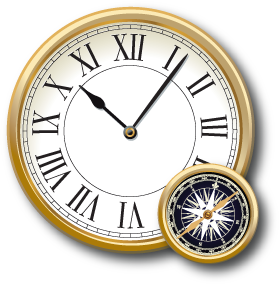What do you do?
"C-130 E Hercules Navigator, using Horizontal Navigation, and using JPADS(Joint Precision Airdrop System), HALO (High Altitude-Low Opening) missions, and HAHO(High Altitude-High Opening) missions."
What technologies do you use to navigate?
"APN-241 Radar, APN-59 Radar, GPS, Dual Laser Ring Gyro Inertial Navigation Units,SCNS, chart/log, dead reckoning"
How have new navigation technologies changed the way you work?
"In some ways yes. JPADS (Joint Precision Air Drop System) has added new capabilities but has not as of yet supplanted traditional airdrop. GPS has also changed how we fly but traditional skills such as dead reckoning are still a tested requirement for some C-130 navigators."
What would you like to be able to do that current technologies don't support?
"While TCAS (Traffic Collision Avoidance System) and some datalinks are beginning to provide improved situational awareness. I think there remains many ways to improve situational awareness especially in the combat environment."
What is the best part of your job?
"Flying low levels."




